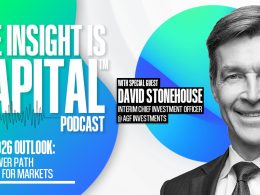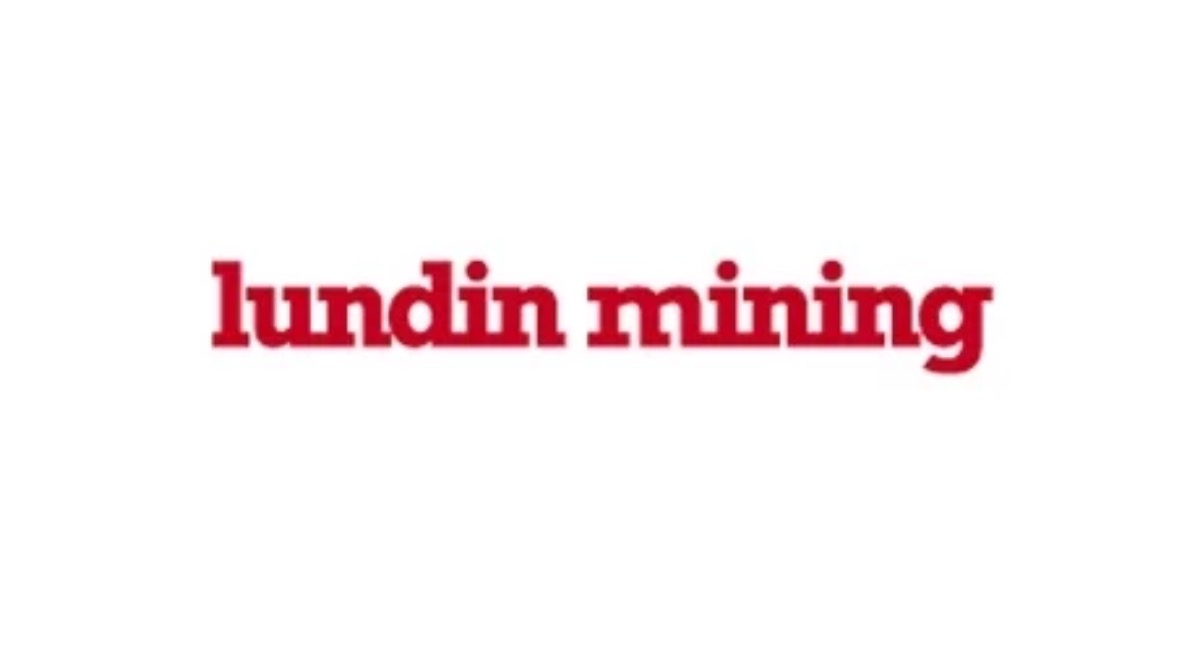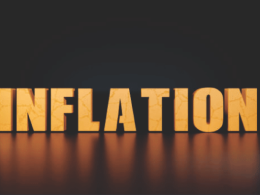by Invesco Global Market Strategy Office
Key takeaways
- Middle East - Tensions remain high, but a sustained rise in oil prices requires a fundamental reduction in global oil supply. That’s not our base case.
- Federal Reserve - Upside inflation risks and downside growth and employment risk mean the Fed remains in wait-and-see mode.
- US Treasuries - Canada sold a record value of US Treasuries in April in another sign that foreign investors are trimming their US asset allocations.
But it was a busy week for central bankers too, with the Federal Reserve (Fed) holding rates steady, with a hawkish tone, and the Bank of England and Bank of Japan also holding rates, but with a dovish tone. The message from each remained “we need more clarity.”
Middle East tensions impact oil and gas markets
The US dollar stabilized last week, but notably didn’t rally significantly, as tensions in the Middle East remained high.1 The world now waits to see how Iran will respond to the US strikes on its nuclear facilities.
Oil and natural gas have been the biggest movers in response to events in the Middle East.2 But in our view, for commodity prices to sustain these levels or move higher, supply must be materially and sustainably reduced. That’s possible, but it isn’t our base case.
Iran produces about 3.3 million barrels per day of oil. That volume can easily be replaced with spare capacity from the rest of the Organization of the Petroleum Exporting Countries (OPEC), which have nearly 5.7 million barrels per day of spare capacity in total. Saudi Arabia alone can produce another near 3 million barrels per day.3
Iran could strike facilities in the region, such as Abqaiq, as it did in 2019. However, the Iranian military capacity is heavily diminished now and striking another actor in the region could harden support for Israel. Similarly, it could target ships passing through the Strait of Hormuz. That 33-kilometre-wide strip of water between Oman and Iran carries around 25% of the world’s oil supply.4 However, many of those ships carry Iranian oil to China. Logic would suggest Iran shouldn’t want to disrupt its key buyer and ally. Ships are still passing through the Strait of Hormuz at a normal rate so far.5
Europe, being a large energy importer, is vulnerable to higher oil and gas prices. We expect oil will still be a drag on European inflation through 2025, with oil below $85 per barrel. Most of the natural gas Europe gets doesn’t come from Qatar via the Strait of Hormuz so it’s less vulnerable now than it was in 2022, when gas supplies from Russia collapsed.
Outside oil and gas, most other financial markets have largely ignored the events in the Middle East. History suggests that may be the right response. For example, the most recent Israel and Hamas conflict began on October 7, 2023. Since then, the S&P 500 Index has advanced by more than 40%.6
Hawkish hold from Fed
The Fed made no change to its benchmark interest rate last week. Comments from Fed Chair Jerome Powell indicate they’re still waiting to see how the various policies from the US administration will impact the hard economic data. Certainly, cracks in the labor market have been emerging, but they aren’t yet wide enough to cause the Fed to move.7
The updated Summary of Economic Projections, also known as the “dot plot,” saw the median dot still pointing to 50 basis points of cuts by year end, but seven officials now expect no cuts this year, up from four at the March meeting.8 This more hawkish tone from the Fed didn’t lift the US dollar.9 Perhaps that’s because Fed independence is still a lingering worry for some investors. President Trump called for rates to be lowered by 250 basis points last week.
Dovish hold from Bank of England
The Bank of England (BOE) didn’t adjust its policy rate last week either, but the tone from the meeting was more dovish. Three voting members called for a 25-basis point cut. Deputy Governor Dave Ramsden joined Swati Dhingra and Alan Taylor in calling for a cut.
UK inflation data was released just ahead of the BOE meeting, and while inflation came in ahead of expectations, the rate has been slowing and services and wage inflation are coming in a little below the BOE forecasts.10 Add that to the recent weakness in job vacancies, and it’s understandable why more members feel justified in calling for a cut.11 Friday saw weaker-than-expected retail sales volumes for the month of May; -1.3% compared to the Bloomberg consensus of +1.8%.12 The market is pricing two rate cuts for the remainder of the year, but we think the risks are heavily skewed towards three.13
Dovish hold from Bank of Japan
The Bank of Japan (BOJ) kept rates on hold last week too. Once again, it’s the uncertainty in the global economy that appears to be keeping policymakers in wait-and-see mode. The 30-year bond yield in Japan recently spiked and policymakers are wary of triggering a further sell-off.14 At the same time the BOJ noted that it would slow its bond purchases.
Surprise cut from Norges Bank, expected cut from Swiss National Bank
The Norges Bank delivered a surprise last week, compared to consensus expectations, when it cut rates by 25 basis points. Norway was behind in this cutting cycle; last week’s cut was the first. The Swiss National Bank cut rates by 25 basis points as expected. Switzerland is an outlier in seeing exceptionally low and persistent inflation today.
Canada isn’t waiting to sell US Treasuries
We’re seeing further evidence that foreigners are starting to vote with their wallets when it comes to US assets — albeit slowly. Data last week also showed that foreign investors modestly reduced their positions in US stocks and long-term securities by a little under $90 billion. Canada sold the most US Treasuries in April. That's more than in any previous month and compared to all other countries.15 This isn’t a full-on exodus of capital from the US but appears to be a signal that sentiment towards the US has cooled. There’s little reason to think it won’t cool further over the coming year.
Copyright © Invesco Global Market Strategy Office















